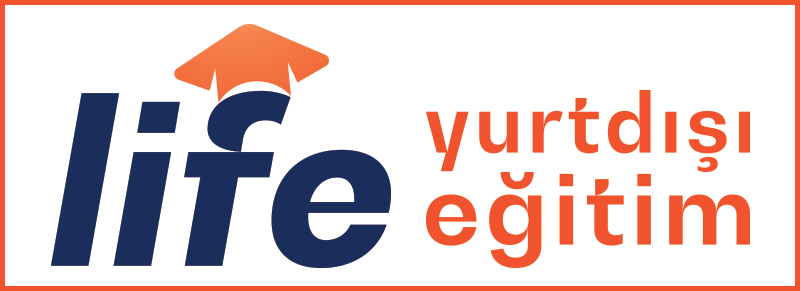Program - Introduction to Anatomy
INTRODUCTION TO ANATOMY
Syllabus
1. Introduction to gross and clinical anatomy.
2. Bones I – general information, anatomy.
3. Bones II – skull.
4. (De)Construction of joints.
5. What can bones tell us? Basic radiology – what can we see, when is it important?
6. Anatomy of brain and spinal cord.
7. Basics of neurophysiology. Sensory control. Pain.
8. Motor control – pyramidal and extrapyramidal system. Cerebellum.
9. Autonomic nervous system. Association, memory, emotions.
10. How can brain mislead us? Anatomical aspects of neurological and psychiatric disorders.
11. How do we see, hear, taste? – special senses. Cranial nerves I.
12. Muscles of head and neck – anatomy of emotions. Cranial nerves II.
13. Head and neck region – challenge for surgeons.
14. Anatomical aspects of dentistry and ENT medicine.
15. Head injuries. Radiology.
16. Respiratory system.
17. Cardiovascular system – anatomy and development.
18. Cardiac and respiratory function in physiological and pathological conditions.
19. Anatomical basis of cardiology. Diagnostic modalities, treatment options.
20. Clinical anatomy and radiology of the thorax.
21. Gastrointestinal system.
22. Liver and pancreas. Vessels and nerves of abdominal and pelvic cavity.
23. Urinary system.
24. Muscles of abdominal wall and pelvic floor. Hernias.
25. Physical examination. Surgical anatomy. Radiology.
26. Reproductive system.
27. Pregnancy and labor. Anatomy of the fetus.
28. Endocrine system.
29. Anatomy of immune system. Oncological aspects. Transplantations.
30. Muscles of back and upper extremity – functional groups.
31. Muscles of lower extremity – functional groups.
32. Vessels and nerves of extremities. Anatomical and physiological aspects of training.
33. Final test.
33 x 2h – 66 academic hours total
3 intermediate tests + final (60% to pass)














